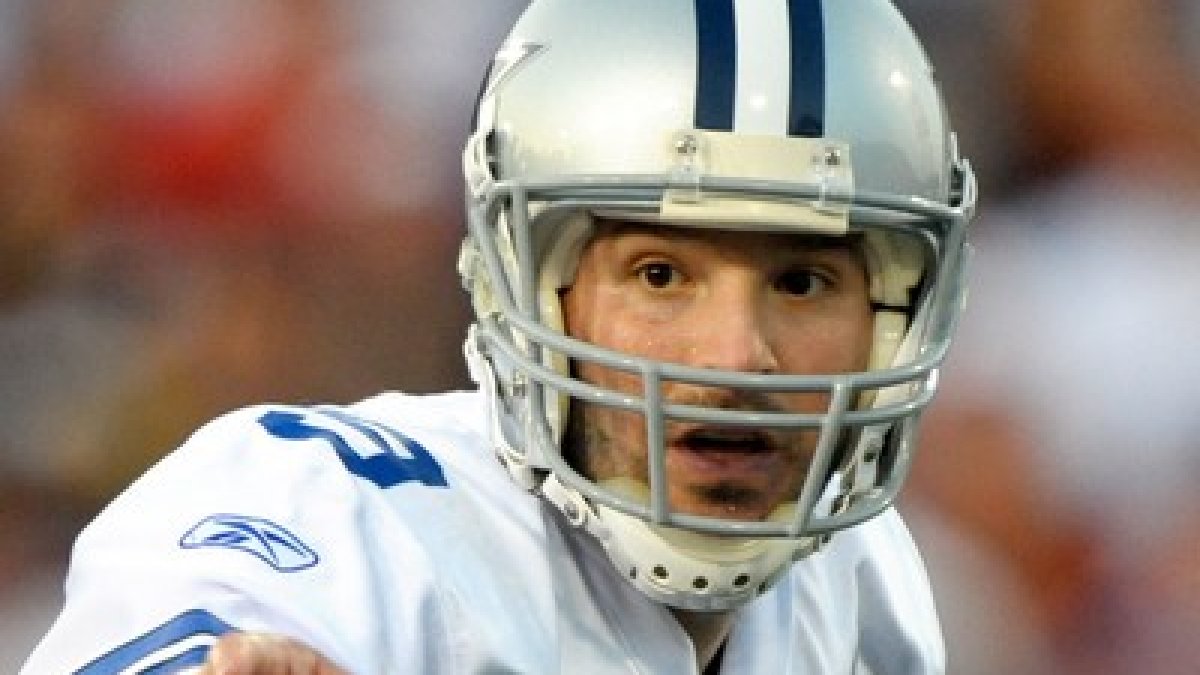 Fantasy football players have historically concerned themselves with rush attempt totals for running backs. It’s for good reason though. Since 2005, the only running backs who have received fewer than 200 carries and still finished as top-10 backs have been Maurice Jones-Drew and Darren Sproles. Those aren’t very good odds.
Fantasy football players have historically concerned themselves with rush attempt totals for running backs. It’s for good reason though. Since 2005, the only running backs who have received fewer than 200 carries and still finished as top-10 backs have been Maurice Jones-Drew and Darren Sproles. Those aren’t very good odds.
At wide receiver, we typically care about the number of targets a receiver gets throughout the season. It’s no surprise that top fantasy wideouts Calvin Johnson and Brandon Marshall combined for 380 targets this season. For some perspective, that’s more than the target totals for Sidney Rice, Josh Gordon, T.Y. Hilton and Lance Moore combined.
It’s all about quantity before you get into quality. Julio Jones may be a top-3 talent at receiver in the NFL, but he’s sharing targets with another Pro Bowl receiver, Roddy White. His fantasy value, whether we like to admit it or not, takes a slight hit because of this. Of course he can still be impactful, but it’s more difficult to put up 2012 Brandon Marshall-type numbers when you’re receiving 70 fewer targets across the season.
The other big position in fantasy, quarterback, hasn’t historically had a go-to measure of quantity. Of course we’d defer to pass attempts, but the reason most analysts have refused to look analytically at pass attempts as a fantasy measure is because the variation from quarterback to quarterback has been minimal regarding the statistic.
For example, in 2003, the number of pass attempts that separated the top quarterback in the category to the 15th was a measly 99 passes. In 2004, this number was 90. In 2012? 199. (Thank you, Matthew Stafford.)
While every NFL quarterback in the recent game is throwing more in spread offenses, a larger discrepancy of pass attempts is occurring between them. When a team like the Lions is throwing the ball over 700 times in a season, and a team like the Chiefs decides that running the ball is a good idea, you inherently begin to see a massive difference in pass attempts between teams.
So given this, it only makes sense that pass attempts would appear to be a helpful guide in selecting the Brandon Marshalls of the quarterback position, right?
Below is a graph that looks at the number of fantasy points produced by a top-20 quarterback versus the number of pass attempts he took in 2012:
From the chart, you see very little correlation between the number of fantasy points and overall pass attempts. In fact, the correlation coefficient for this set of data is an inadequate .25, indicating a weak relationship between the two statistics.
But clearly, players like Robert Griffin III, Cam Newton and Russell Wilson skew this data dramatically with their ability to run the ball. When you remove them from the equation, the correlation coefficient jumps to .61, which is an indication of a moderate to strong relationship between the two variables.
For some more insight, here’s the graph broken up into four quadrants:
The chart really shouldn’t be all that surprising (probably because you already saw it in the article). It tells me that Cam Newton and RGIII made a living in fantasy on the ground, and that Russell Wilson, over the course of the season, was an inefficient fantasy passer. Ben Roethlisberger, given his injury, was placed in the Seahawks quarterback's area as well.
The top right quadrant is where our 2012 money quarterbacks lived. Brees, Brady and Rodgers are in their natural habitat there, and they’re hanging out with 2012’s Matt Ryan and Peyton Manning, too.
Lastly, the inefficient fantasy passers are listed in red. You’ll see the majority of waiver wire plays here, but notice that Romo, Luck and Stafford are all members of this group. It’s not to say that they were streaming plays, but what it does show is that they have the most room for improvement for 2013 in terms of fantasy production.
Think about it: Andrew Luck, Tony Romo and Matthew Stafford did the least with the most. You can clearly make the argument for Robert Griffin III, Cam Newton or even Russell Wilson (and now Colin Kaepernick), but their offenses aren’t built now, or in the future, around pocket passers. The number of passes they throw, as long as the offense wants to be successful, will never reach Matthew Stafford levels because instead of throwing the ball downfield, they take off and run. And, of course, Washington, Seattle and San Francisco each have sustainable ground games.
Now, of course running quarterbacks add an extra dimension to fantasy football. With the increase in read option plays in young NFL offenses, we’re seeing the impact this has – and will have – in football. However, a reliance on running quarterbacks scares a lot of fantasy owners, including myself, because you’re simply banking on successful days on the turf from a non-running back position.
Remember, the 2013 quarterback class is going to be hefty. Matthew Stafford, in all seriousness, could be the 10th quarterback off the draft board, and Tony Romo, in leagues where owners like the sexier quarterback pick, could be the last starter drafted. Andrew Luck, too, could easily slip a bit given the late-season surges by Russell Wilson and Colin Kaepernick.
The takeaway here, to me, is simple: While many reached for quarterbacks in 2012, a good portion will surely do the same in the season to come. And when they do, just sit back and relax. After all, you’re bound to get a quarterback with some massive upside.




 © 2024 PFF - all rights reserved.
© 2024 PFF - all rights reserved.